The Most Common Causes of Roof Damage

Learn the biggest risks your roof faces and how to prevent or minimize damage.
When it comes to roofs, small problems can quickly become major ones, which is why it is important for homeowners to learn the biggest risks to their roofs and how to prevent or minimize damage.
Improper maintenance
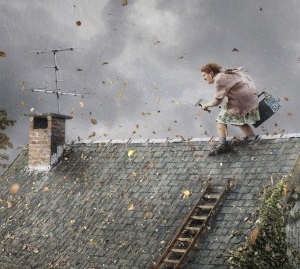
Perhaps the biggest risk to the roof is the inattention of the homeowner. It is important that a quick visual inspection be done at least once or twice a year. This can be done while cleaning the gutters, which should also be done frequently and is considered part of good roof maintenance. Here’s what to look for:
Any signs of wear and tear, including missing shingles or flashing. Any area that looks raised or dipped in, which should get a closer inspection. Discolored areas, which should be checked for signs of deeper damage. Any signs of sagging or other major issues. If you notice any of these issues they should be addressed as quickly as possible.
Wind damage
Even a minor wind storm can destroy a roof that is in poor condition, so the key point of careful and frequent inspection cannot be repeated often enough. Loose shingles or tiles can be ripped off. Debris can be tossed onto the roof and can cause damage as it is pulled away. While you cannot prevent wind from occurring, there are ways to minimize the risks of damage to your roof.
Ensure that all shingles, flashing, and other components are secured. Install a perimeter fastener strip, which will provide additional security and support along the edges of the roof. The edges are where wind damage is most likely to start.
Trees
Trees provide oxygen, shade, some wind protection, and protect against soil erosion. However, trees are also responsible for some major damage to roofs. Proper care of existing trees and smart placement of new or replacement trees are key.
- Trees should be placed at least 10 feet away from the house. Make sure that you are aware of size at maturity when choosing a tree and its location.
- If there is a tree that is at risk of growing out along the roof or there is a dead or dying one hanging over your house, then that tree needs to be removed.
- All branches and limbs that are near the house should be trimmed back. Not only does this minimize the risk during storms but it will also keep rodents and other pests from using them as handy bridges.
- All falling tree debris (leaves, needles, pinecones, and small branches and twigs) should be removed from the roof and gutters as quickly as possible. Leaves stick to the roof and create a pocket of moisture that will potentially seep into the shingles and then cause leaking.
- Make sure that you are trimming away any dead or dying branches and limbs as they will be more likely to snap off during a storm and then become dangerous. A flying limb can pierce the roof even at moderate velocities.
Dry weather problems: sun, pollution and chemicals
The sun can bake a roof and leave it dry rotted. Pollution, especially in industrial and urban areas, can damage the roof in ways that may be difficult to detect.
- Protect your roof with a specialized coating that repels harmful ultraviolet rays. This coating will also keep the roof and your home cooler without increasing your use of energy. Update any materials that are susceptible to chemical damage with more impervious ones.
- Resist the urge to plant trees to “block” the sun from damaging the roof because that can cause a whole new set of problems as noted above.
Wet weather problems: snow, sleet and hail

Spring and summer can mean issues from excessive rain and hail. If you live in an area that is more prone to hail storms, consider consulting a roofing professional about installing the right type of roofing material. Other important prevention tips are below:
- In areas with heavier than usual snowfall, a reinforced roof is vital. That means that the roof is able to take the weight of accumulating snow without bowing or buckling.
- If you are due for a new roof because of age or damage, consider upgrading to a material that is rated to handle hail.
- Watch out for ice dams. These form when the snow melts and then refreezes along the edge of the roofline.
- One way to prevent these from forming is to make sure that snow is getting moved completely off of the roof. Clean gutters are also important because clogged gutters will prevent the snow from running off like it is supposed to.
Pests
Animals and insects want the same thing people want: food, water, and shelter. Sadly, some of them want to live where the people are no matter how much the people would prefer they stay out. This can lead to damage to the roof and other parts of the house.
- Any damaged area of the roof is a potential gateway to pests.
- Rats can chew through virtually any material and can get into nearly any hole.
- Raccoons will tear away flashing and even peel back shingles to get inside of your home.
- Eliminate their paths to the roof by cutting back any hovering branches.
Have a question? AskARoofer.
Find your local roofing contractor in the RoofersCoffeeShop® Contractor Directory.




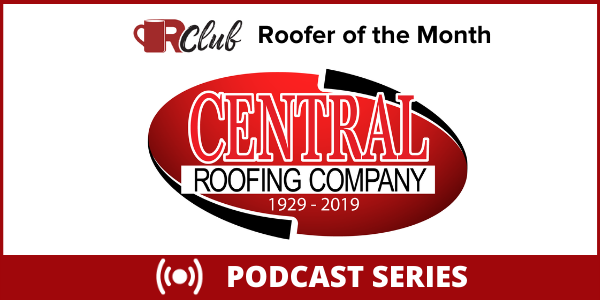
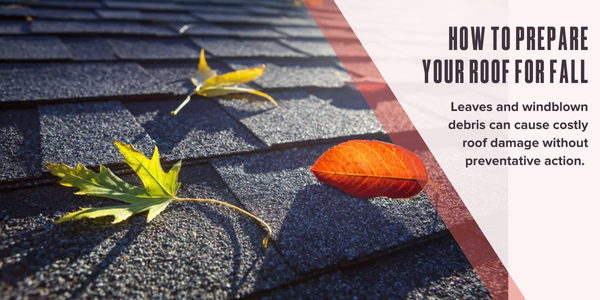


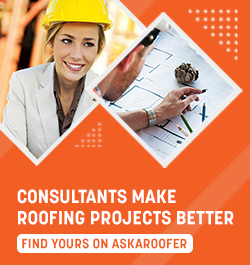

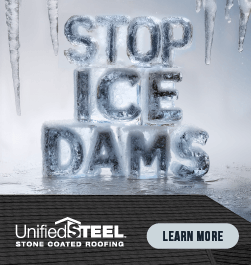


Comments
Leave a Reply
Have an account? Login to leave a comment!
Sign In